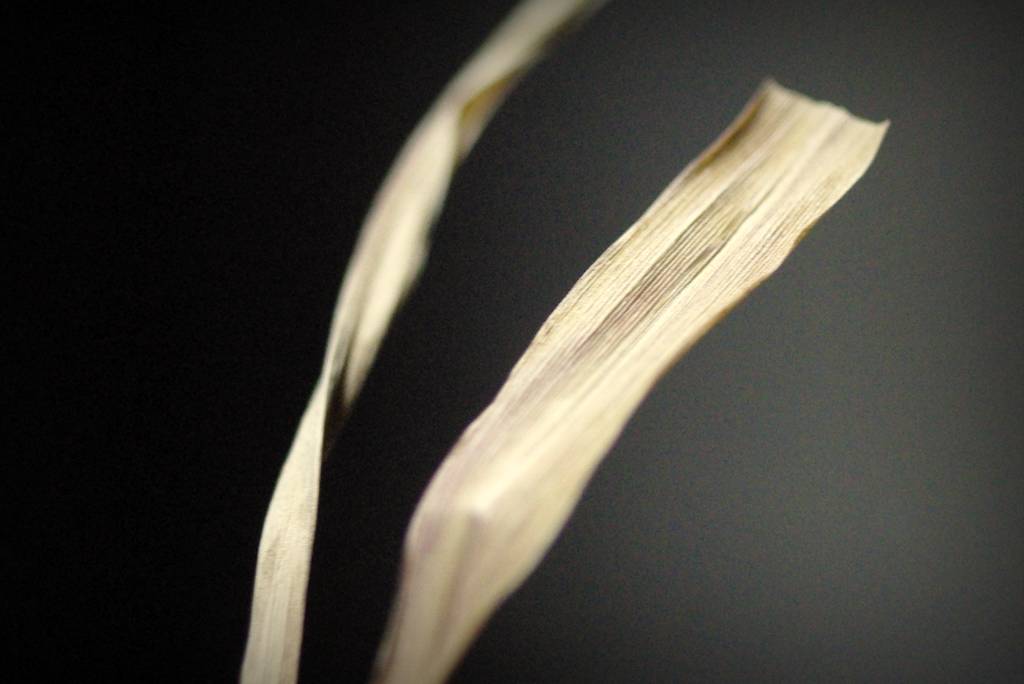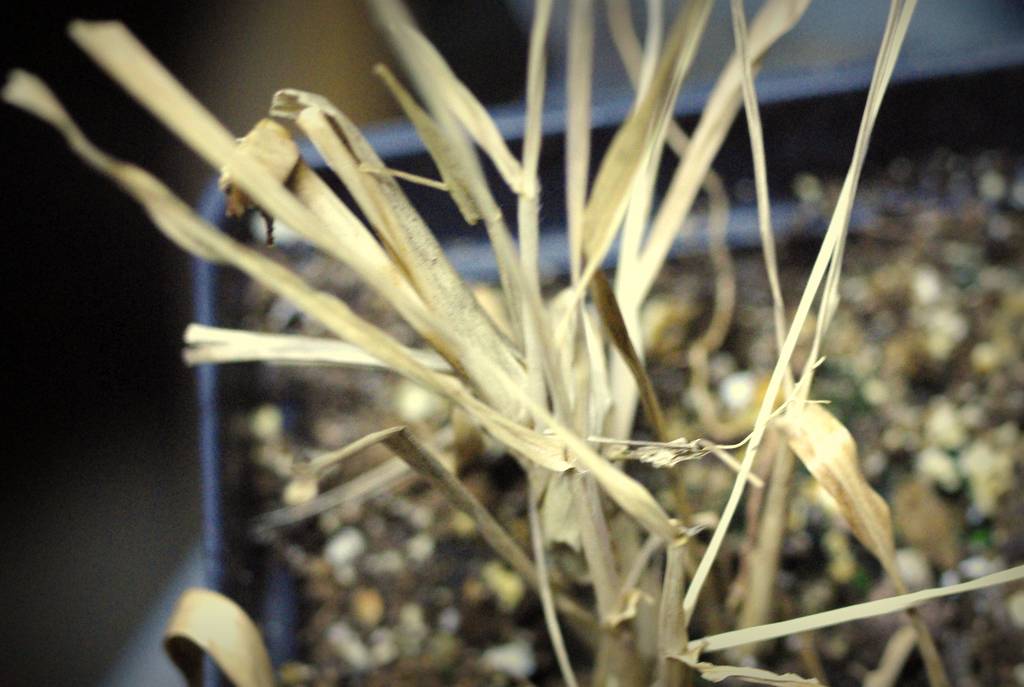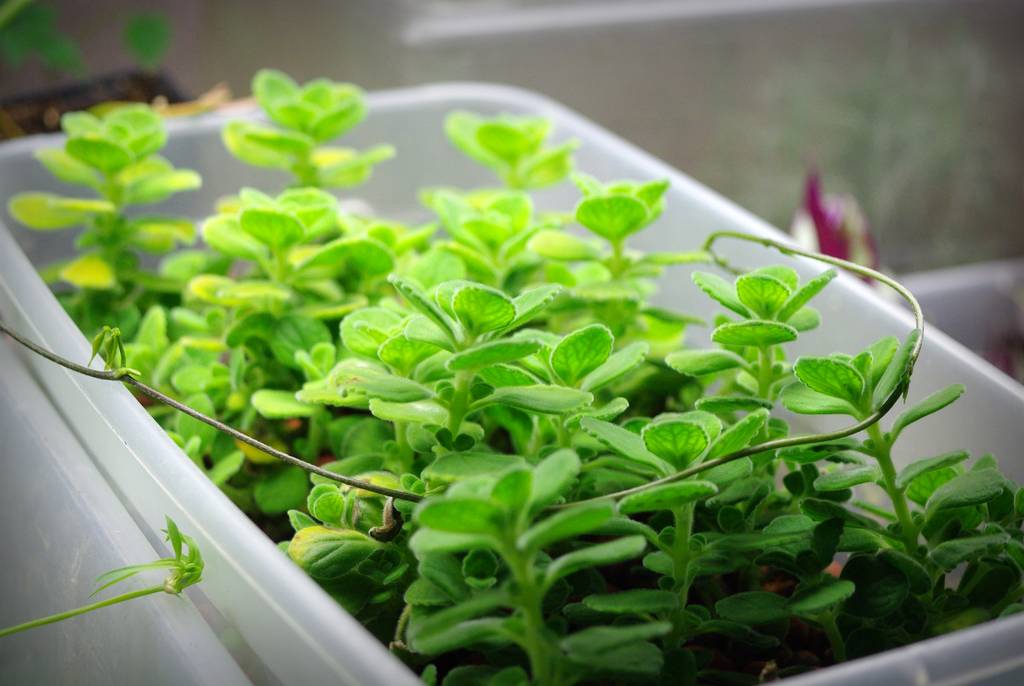When overwintering plants, I often try experiments. Take cuttings instead of overwintering the whole plant, keep some plants dormant, others actively growing. The idea is to reduce the amount of work and/or storage space required to get these not cold-hardy plants through the winter.
This year's big experiment was with purple fountain grass, Pennisetum setaceum 'Rubrum'. In previous years I would take small divisions in the fall or early winter and keep the new plants growing under lights all winter. This worked great but the plants eventually got quite rootbound before spring arrived, so this year I was looking for a way to delay this process a bit.
If you remember, my approach this year was to keep the mother plant alive but not actively growing in the garage for a few months, and only then take divisions and grow them under the lights. So I waited an extra two months before taking my divisions this year.
This was a big mistake. Complete failure.
Only a couple of the divisions actually produced any new growth, and it died before getting even 1" (2cm) long. The rest just dried up.
The only green visible is from the weeds that sprouted.
I'm disappointed, but experiments sometimes fail so I'm not discouraged.
Besides, I can use the room on the growing table, as these cuttings are ready for some soil:
So what did I learn? What went wrong? Well, I'm thinking that I probably should have brought the mother plant into the warmth and light for a week or two to get it actively growing again before taking the divisions. It was too much to expect the tiny stalks and greatly-reduced root systems to have enough stored reserves to be able to do much growing.
But I think next year I'll return to my previous method of taking the divisions, then maybe divide each new plant when it starts getting rootbound.
Lesson learned!
.





And this is why we garden. For the unexpected successes. And the inevitable, occasional failures that make the successes all that more enjoyable!
ReplyDeleteI don't know why I had never considered overwintering my annual grasses, but I will try it this fall. So thanks for the inspiration!